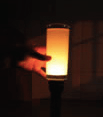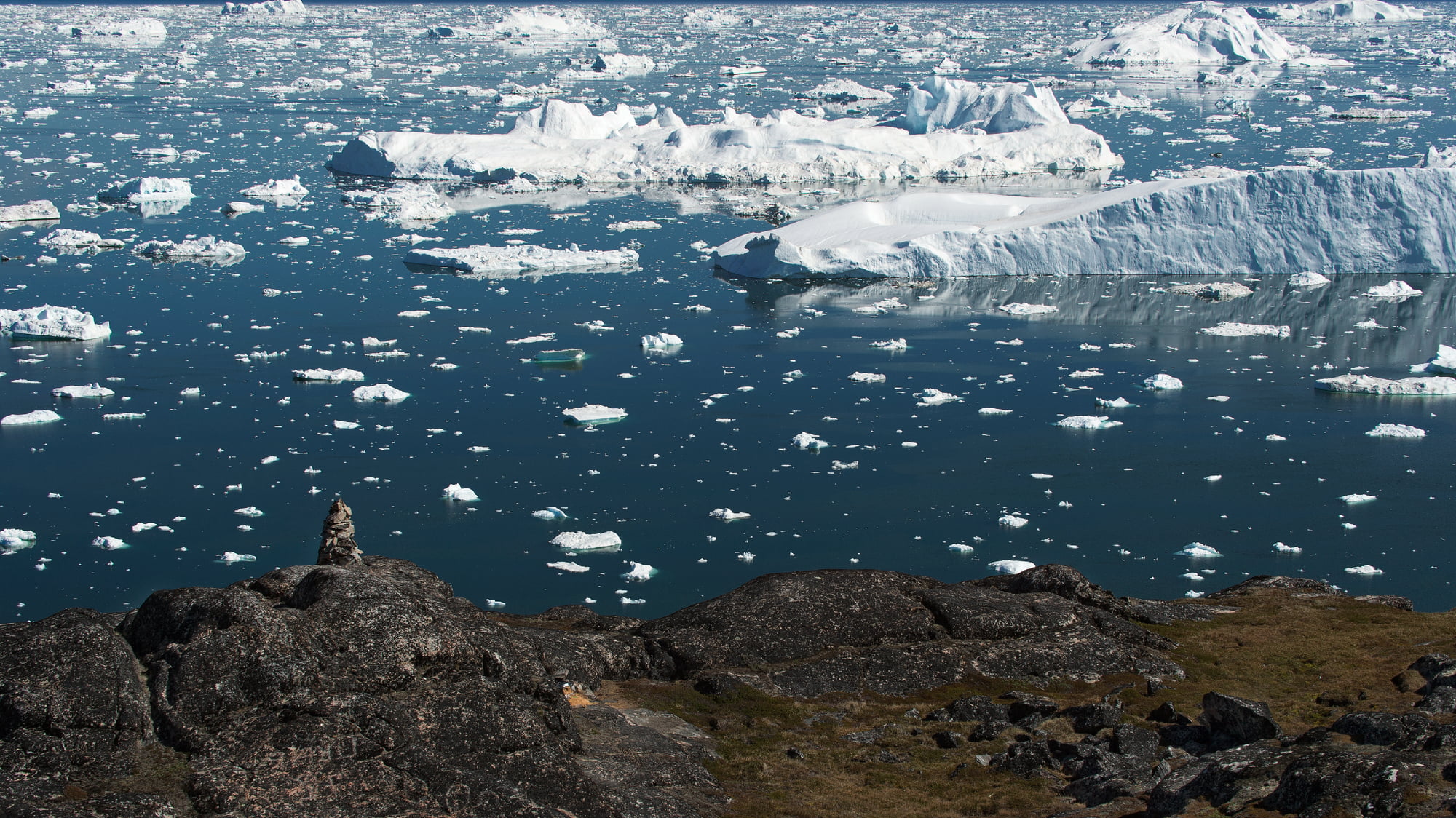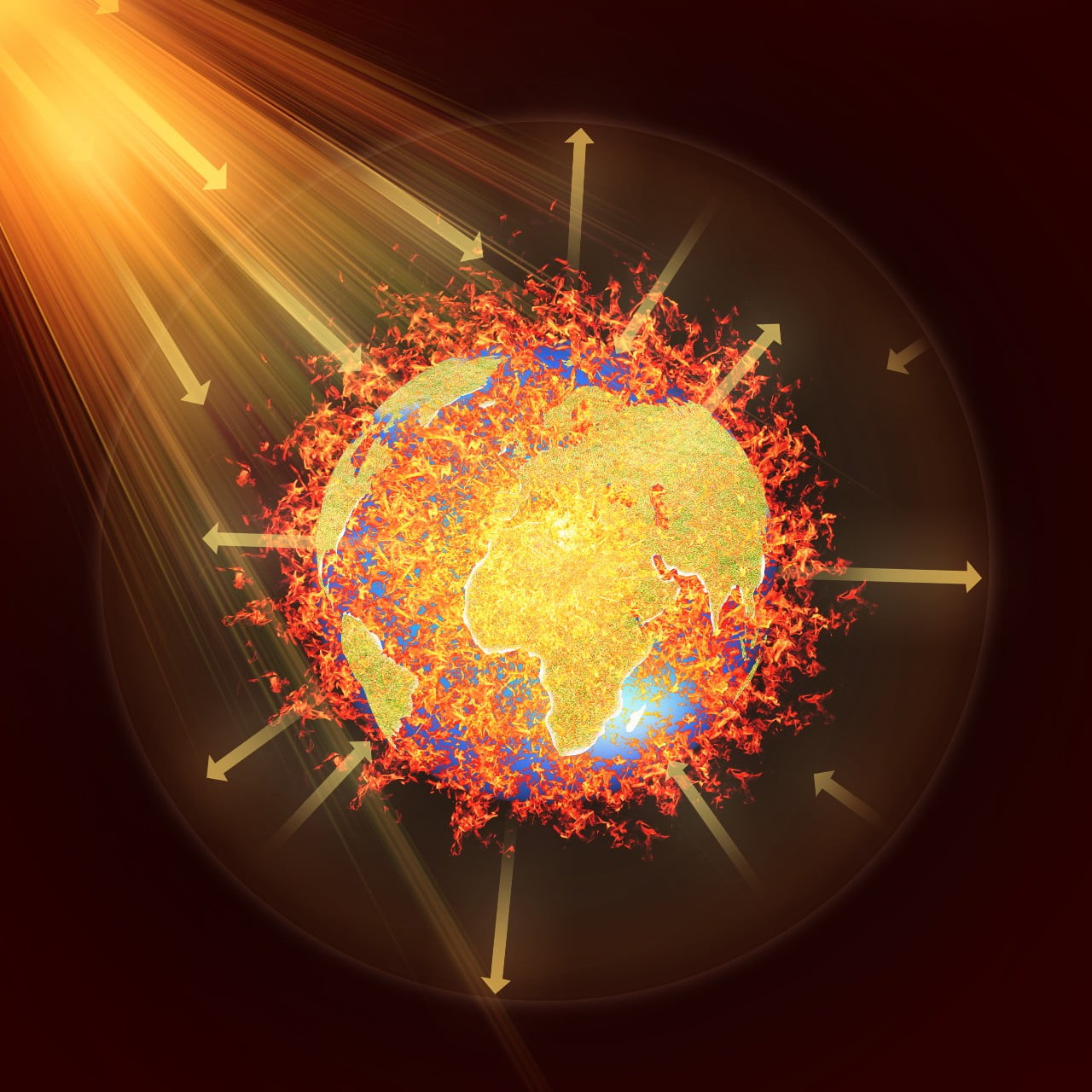Why is the Sky Blue?
Learn about the scattering of light!
Equipment
◊ A large straight sided glass
◊ Water
◊ Skimmed milk
◊ Torch
◊ A teaspoon
◊ A dark room
Method
1. Fill the glass about 2/3 full of water.
2. Add about half a teaspoon of milk and give it a stir.
3. In a dark room, shine the torch down on the top of the water and look through the side of the glass. The light should appear blue.
4. Then shine the torch through the bottom of the glass and look down from the top of the glass. The light should appear red.
So why does it happen and how does this relate to the atmosphere?
The milk particles in the water scatter the light from the torch, just like gas molecules in the atmosphere scatter light coming from the sun. Blue light is scattered more than red light, which is why the sky is blue. The further the light has to travel through water the more of the blue light is scattered. The scattering of the light is known as Rayleigh scattering. This is why when the torch light is shone up from the bottom of the glass through a large volume of milk and water most of the blue light is scattered out and only red light is left to see.
This is a similar process to the one which leaves red skies at sunset; because when the sun sets it has to travel through a larger amount of the atmosphere before reaching our eyes. This means a large amount of the blue light is scattered, meaning only the longer red wavelength of light reaches our eyes.
Find out More
Red Sky at Night, Shepherd’s Delight





